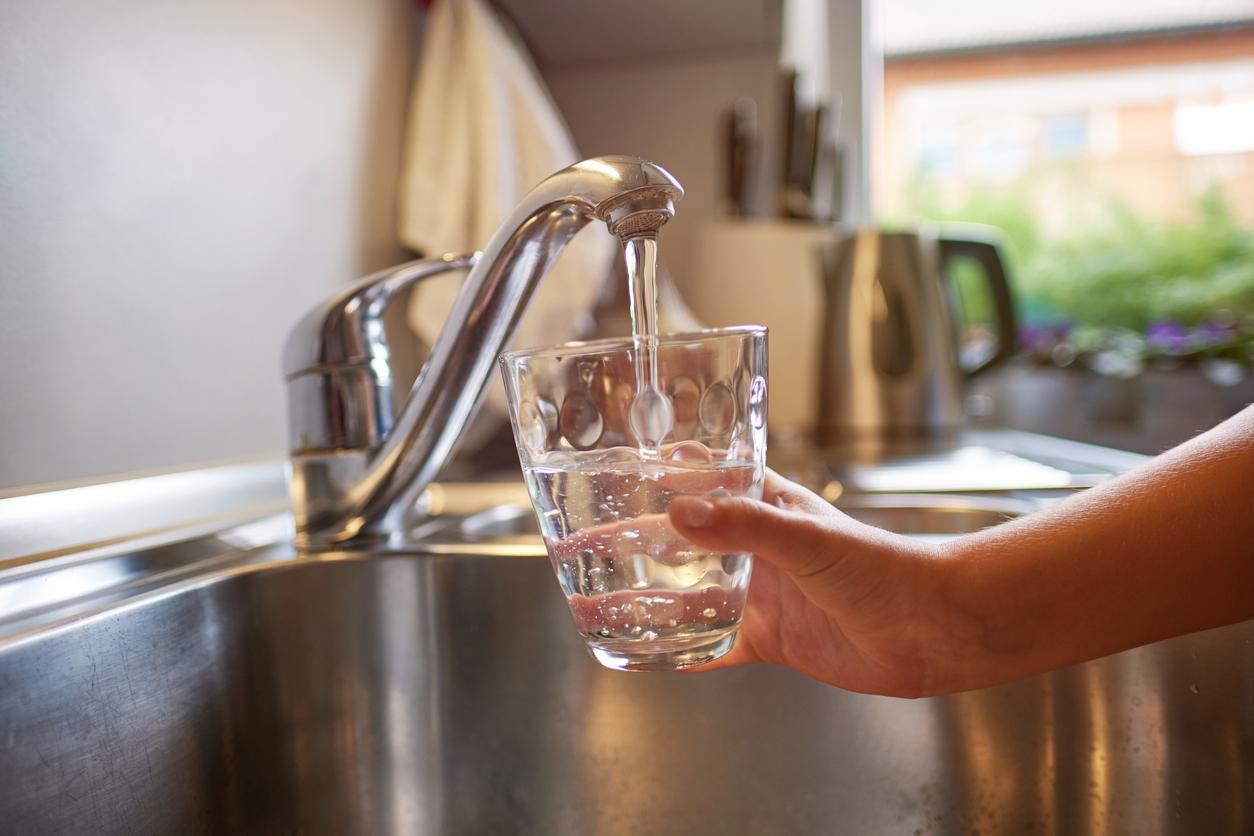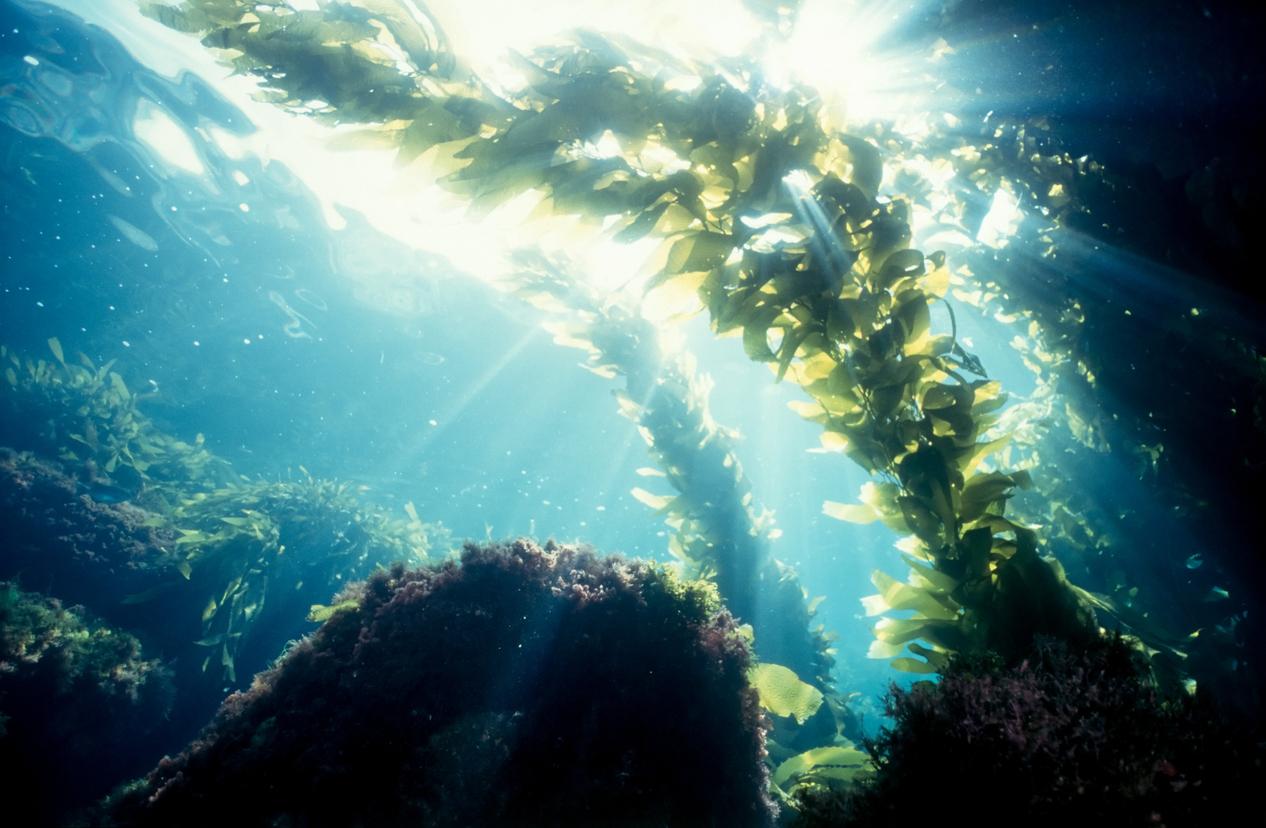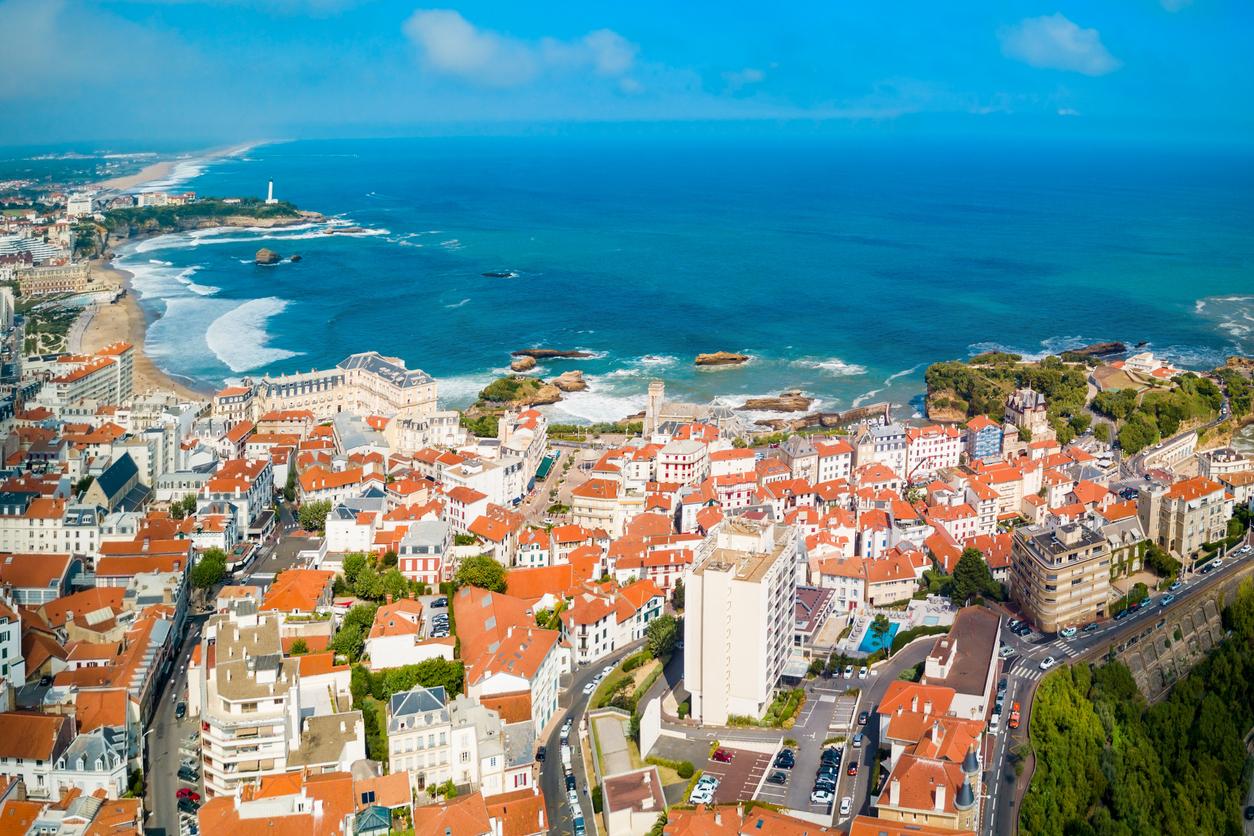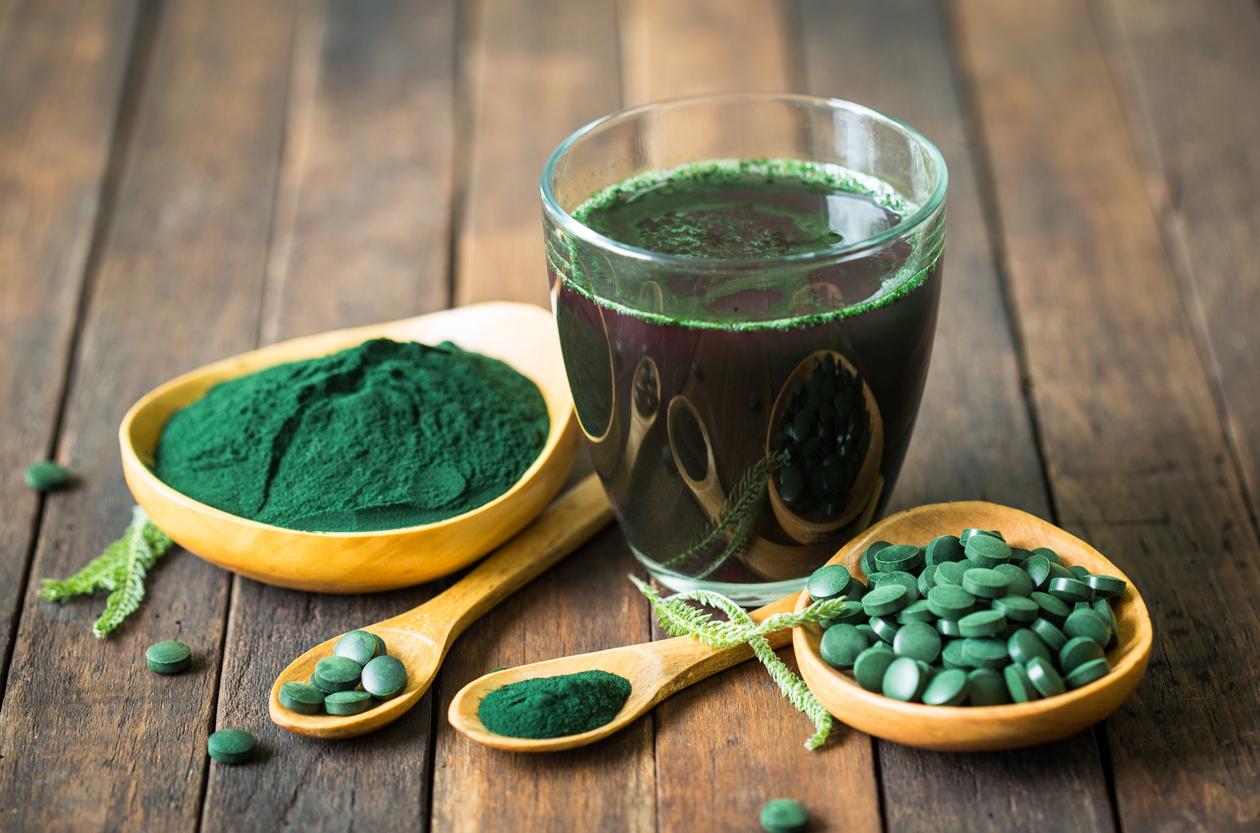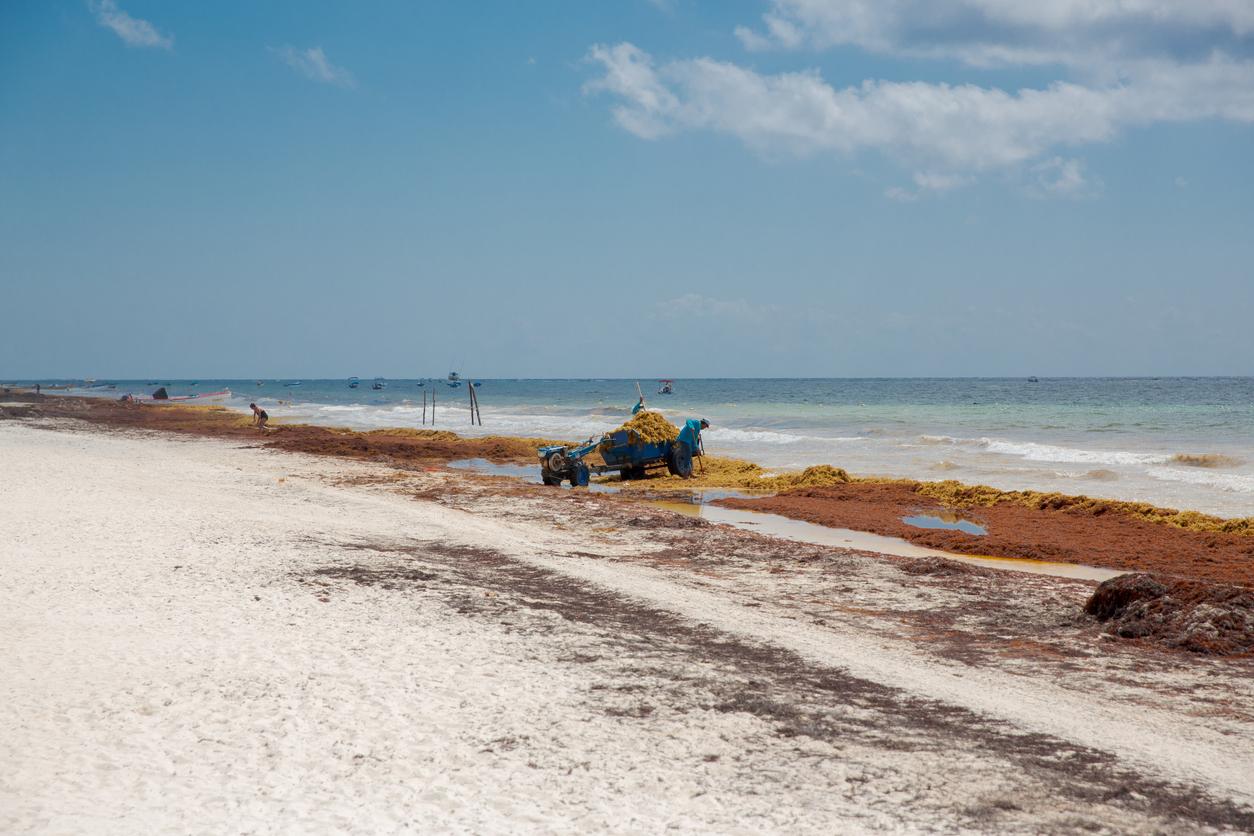
What are blue-green algae and how do you recognize them?
Partly due to the warm spring, the blue-green algae has become a true plague on a number of lakes and puddles. The blue-green algae layer on the water contains toxins that can be dangerous for humans and animals. Several dogs have already died due to a highly poisonous blue-green algae. What is going on? Health net asked Miquel Lurling, researcher and lecturer at Wageningen University.
1. What are blue-green algae?
“Blue algae are bacteria that behave like algae. They are called cyanobacteria because of the blue-green cyan pigments they contain, but blue algae can also have a reddish-brown color. The cyanobacteria normally occur in fresh, brackish and salt water and form a biomass under influence of light, carbon dioxide and nutrients in the water. Many types of blue-green algae produce substances that are toxic to humans and animals. The poison is in the cell of the bacteria, the toxins are not released into the water.”
2. How can you recognize blue-green algae in water?
“A small concentration of blue-green algae is difficult to see with the naked eye and can hardly be distinguished from other algae. But if there is a lot of blue-green algae in the water, this can be clearly seen by a green floating layer on the water. and fertilizers such as phosphates and nitrates allow blue-green algae to grow quickly. Then you get that green soup. It can sometimes look like a paint-like layer and it can smell really bad when the algae die. You won’t want to swim in that.”
3. What happens if you do swim in water with blue-green algae?
“In most cases, the toxins in blue-green algae cause skin and eye irritations, fever, stomach and intestinal complaints such as diarrhoea, vomiting, headache, and swelling of lips and eyelids. This can take five days, the complaints usually disappear on their own. you in through the mouth. Children often ingest more water when swimming, and they are more sensitive to the substances. We do not know very well what the incidence is, how often people in the Netherlands get sick from blue-green algae. people don’t know it themselves either. If they are ill due to intestinal problems, they may rather blame it on the barbecue than a day of swimming.”
4. Are there also blue-green algae that can make you seriously ill?
“There are nasty variants with dangerous toxins that can make you very ill, but we see these less often. Then rapid hospitalization is important, it can be symptoms of paralysis or breathing problems. People who have been swimming and become ill quickly, need medical help. call in and tell them where they swam.”
5. What can we do against blue-green algae?
“In any case, do not swim in water that contains blue-green algae. As far as the control of blue-green algae is concerned, it is best to tackle the main cause, the eutrophication of the water. The forms of control that are now usually applied are actually treating the symptoms , such as sucking off the algae or using hydrogen peroxide. I think that in the Netherlands we actually focus too much on a few blue-green algae species that float in the water, and pay too little attention to other more dangerous species such as phormidium. That is not in the standard protocol .”
Before you dive, check on swimmingwater.nl where you can swim safely.





